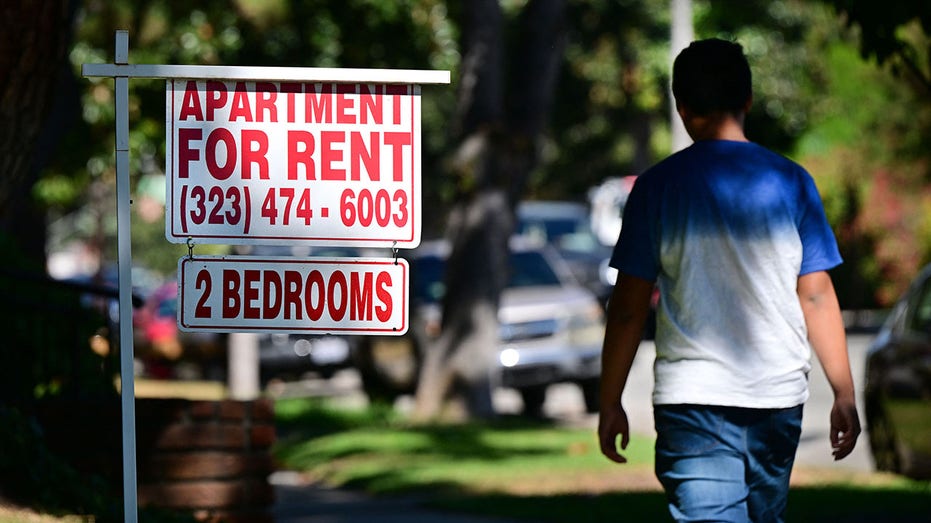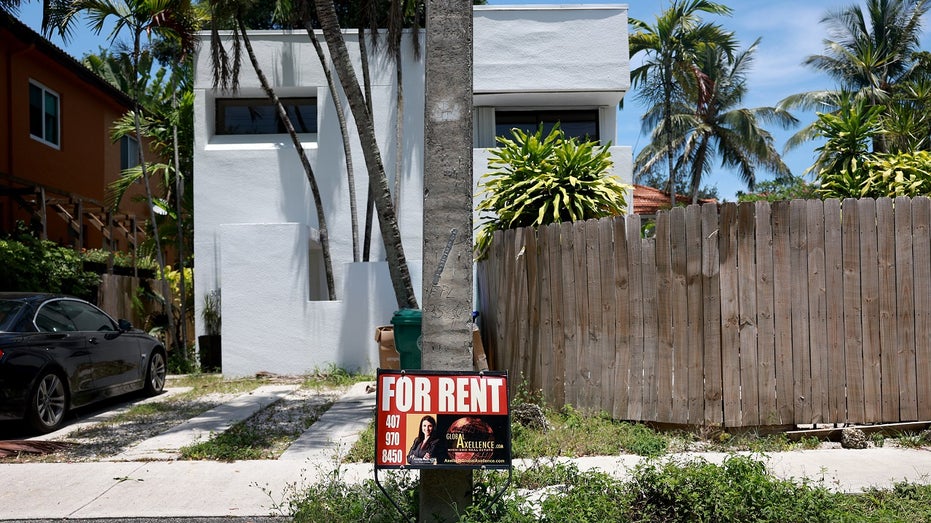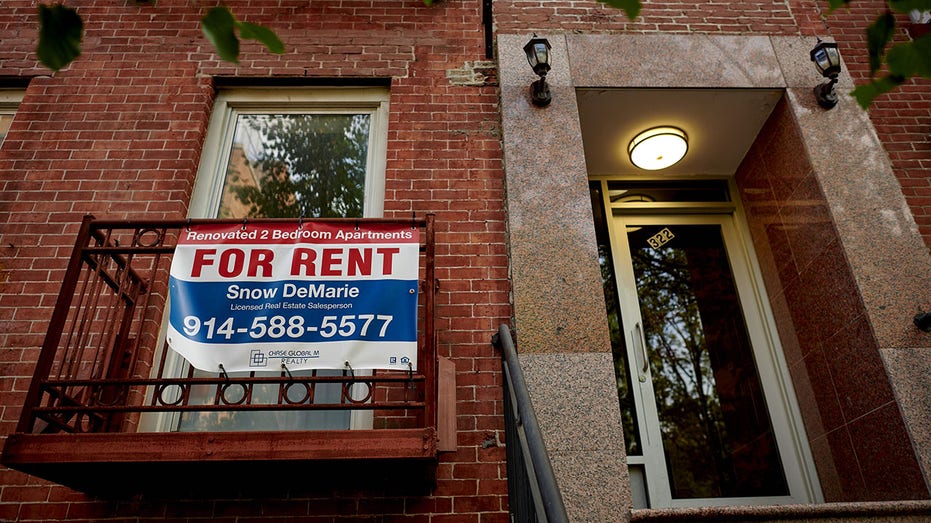US renters remain burdened, but some metro areas saw relief in first half of year
Middle-income, low-income households face significant rent burdens in major US metro areas: report
US housing market needs a break: Redfin CEO
Redfin CEO Glenn Kelman says it's hard to fault the Fed for overdoing rate hikes when there are other persistent sources of inflation.
American renter households remained burdened in the first half of 2023 as tight inventory caused rents to remain elevated, but renters in some metro areas experienced some relief, according to a new report from Moody’s Analytics.
The nationwide average rent-to-income ratio declined slightly in the first half of this year, declining to 30.2% from a high of 30.8% last year – which was the first time ever that median-income renter households paid more than 30% of their income on an average-priced apartment. Renters are considered "burdened" if their rent consumes 30% or more of their gross, or pre-tax, income.
"What that means is, by and large, the U.S. is still rent burdened because we are officially above that 30% rent-burdened threshold," Lu Chen, a senior economist at Moody’s Analytics specializing in commercial real estate, told FOX Business. "We are seeing levels of relief but also combined with the inflationary pressure elsewhere, so we're still spending a little higher on the necessities – on food and energy along with other necessary spending."
US HOUSING AFFORDABILITY AT ALL-TIME LOW

Moody's Analytics found that American households that rent remained burdened in the first half of 2023, facing a 30.2% rent-to-income threshold for an average priced apartment. (Frederic J. Brown/AFP via Getty Images / Getty Images)
Chen noted that several large metro areas – including New York, Miami, Los Angeles and Boston – are typically always considered rent burdened and remained so in the first half of 2023. In the first quarter, New York had the highest rent-to-income ratio at 64.9%, followed by Miami at 42.5%, Fort Lauderdale at 37.3%, Los Angeles at 35.2% and Boston at 33%.
Two metro areas dropped off the list of most rent burdened this year – Orlando and Tampa. The Tampa-St. Petersburg metro area had a rent-to-income ratio of 29.6% while Orlando’s was 29.9%.
Chen explained that the in-migration those areas experienced in 2021 and 2022, particularly from more populous areas in the northeastern U.S., fueled the rent growth in those cities. In 2023, the growth in the number of households in those areas has been normalizing and standardizing closer to historical averages, which allowed the pace of rental growth to ease somewhat.
RISING HOME CONSTRUCTION COULD BRING RELIEF TO HOMEBUYER STRUGGLES

Miami and Palm Beach had the highest rent burdens of Florida metro areas in Moody's report, while Orlando and Tampa-St. Petersburg at least temporarily shed the "rent-burdened" designation. (Joe Raedle/Getty Images / Getty Images)
Areas that are currently experiencing strong population growth and elevated rent burdens include major metropolitan areas in South Carolina – including Columbia, Charleston and Myrtle Beach. Charleston, in particular, saw its average market rent increase by 42.5% since the beginning of the pandemic, which helped drive its rent-to-income ratio to 29.5% at the end of Q2 2023.
The impact of the COVID-19 pandemic and the rise of remote work arrangements is also having an effect on rent growth in areas with tech-heavy workforces like California’s Bay Area.
"The COVID pandemic brought the opportunity of remote working, which is still ongoing … we are seeing much softer rent growth in places such as San Francisco, such as San Jose and many other tech-heavy metros," Chen said. "It’s because of the luxury of working everywhere, and that really brings people the option of shopping for more affordable units to live."
HOME PRICES ROSE FOR 4TH STRAIGHT MONTH IN MAY

Low-income renters in New York City were the most rent burdened in the country, with those seeking an apartment at 25% of the market rate facing a 76% rent-to-income ratio, per Moody's. (Gabby Jones/Bloomberg via Getty Images / Getty Images)
Chen said that in some of the rent-burdened metro areas [is] a record level of construction of housing in 2023. However, she noted there is a "slow-moving construction pipeline due to some ongoing economic challenges, such as the labor shortage and policy barriers, the higher cost of capital, which potentially some of the projects will have to be pushed off into the early part of 2024 in terms of completion."
She also noted that the rental market remains challenging for moderate and low-income households, which increasingly have to compete with higher-income peers for Class B or Class C apartments due to the high prices of premium Class A apartments.
The Moody’s report found that low-income renters seeking an apartment at 25% of the market rate would be forced to spend over 50% of their income on rent in a dozen metro areas. The most extreme examples were in New York, where the low-income renters faced a 76% rent-to-income burden, followed by Palm Beach and Miami, which were both roughly 67%.
GET FOX BUSINESS ON THE GO BY CLICKING HERE
Looking ahead, Chen indicated that Moody’s believes the U.S. rent burden is expected to stay roughly where it currently is with a 30.2% rent-to-income ratio for the rest of this year.
"We are unlikely to taper off that 30% rent-burden threshold, but because of this rent moderation and the continuous growth of household income, we are probably now going to have significantly higher rent burdens, so we’re stuck here for the remainder of 2023," Chen said.




















